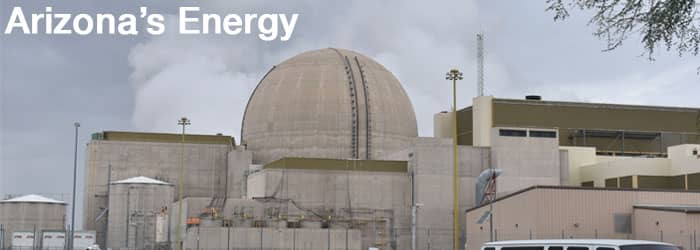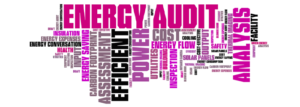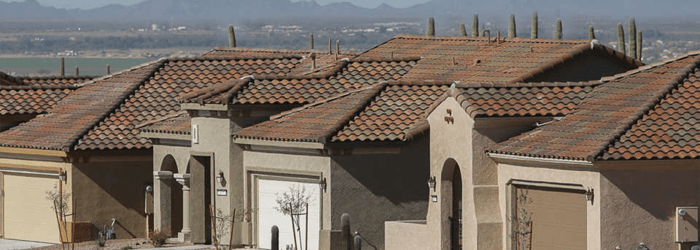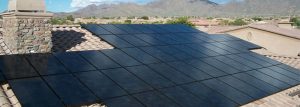t would be a fair assumption to think that Arizona squanders a lot of money and energy running air conditioners half the year. The fact is however, that our state – the 14th most populous in the union – ranks close to the bottom — 43rd among all states — in energy consumption per capita.
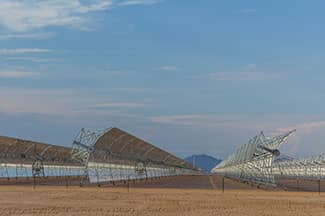
Our low consumption is partly because we have a small industrial sector and a mild climate, according to the U.S. Energy Information Administration, a division of the Department of Energy. We do drive our cars a lot in Arizona, and half the energy used is consumed in transportation.
When you turn up the thermostat in winter and power up the AC in summer, you rarely think about where the gas or electricity comes from or which of the 10 power utilities in Arizona is your supplier. You just want it to come on, and you expect it to work smoothly.
However, an amazingly complicated system of sources is responsible for your power and that system seems to get more convoluted all the time.
One of the best sources online about the power use in individual states comes from the Energy Information Administration, which just released a brand-new assessment of all the states on May 15, according to Dennis Mesina of that agency.
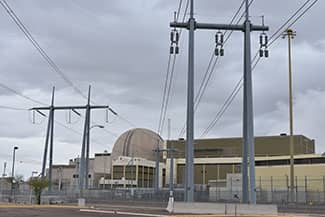
The following is a summary of that agency’s review of Arizona’s energy sources, including the “renewables” that make up about 13 percent of the state’s net electric generation. For some of us, there may be a few surprises:
Solar Energy:
In 2017, for the very first time, our electricity — produced by both large and small solar energy sources — amounted to more than the electricity produced by hydroelectric power. Our state ranks second only to California in total solar power generation. Arizona is one of only four states that produces utility-scale solar electricity. According to the U.S. Energy Information Administration, as of 2017 about 6% of Arizona’s net electricity generation comes from solar.In 2014 one of the nation’s largest solar photovoltaic facilities (290 megawatts) was built in Yuma.
Nuclear Power:
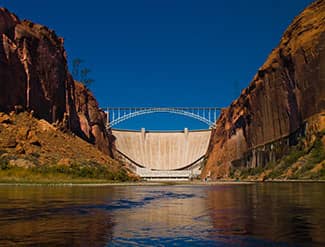
We don’t use up all the power created here in our nuclear plant, we “share” it with other states. With a net summer capacity of 3,937 megawatts, Arizona’s Palo Verde Nuclear Generating Station is the largest net generator of electricity in the nation and the second largest power plant by capacity of that kind in the United States as well.
Hydroelectric Power:
The Glen Canyon and Hoover dams, on the Colorado River in Northern Arizona, are among the largest power plants in the state and supply electricity as well as water to Arizona and throughout the Southwest.
Natural Gas and Petroleum:
Arizona has no major natural gas reserves, but natural gas is burned in our power plants to produce electricity. Most of that comes from other states via interstate pipelines that enter Arizona on the New Mexico border. The majority of the natural gas is burned at electric power plants. One-third of Arizona residents also use natural gas for home heating. But our per capita use of natural gas is lower than in all but seven other states.
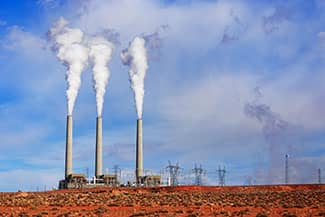
Coal:
Coal, nuclear power and natural gas have been providing almost equal shares of the state’s net electricity generation. There are five coal-burning plants on Arizona’s grid, but the state’s only operating coal mine is the Kayenta on the Navajo and Hopi reservations. It supplies all its coal to the Navajo generating station which will shut down in December 2019. What will happen then? David Fritsch of the U.S. Energy Information Administration told us: “The Navajo plant has been a part of the electric generation mix in the state for a long time, but generation assets retire and new plants are built all the time. So probably, Arizona will be fine without it; however, miners will be out of work.”
Wind power:
Very little wind power is produced in Arizona, but Tucson Electric Power (TEP) is involved in building a massive wind farm in southeast New Mexico. It’s expected to more than double TEP’s generation of renewable energy.
For more information on Arizona’s energy status as well as that of the other states in the union, check out www.eia.gov/state/ to find out more.
Electricity: What Is It, History, How Its Made And Distributed
ROSIE ON THE HOUSE TOUR OF PALO VERDE NUCLEAR GENERATING STATION
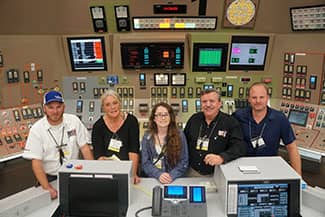
Palo Verde Nuclear Generating Station is the energy cornerstone of the southwest. We were lucky enough to be able to send Rosie, Romey, and our Office Manager Jen G. on a tour of the facility, the reactor containment buildings, as well as the training room for the control center. There was so much to see and learn throughout the whole tour, it would take weeks to share it all, so we boiled it down to a few takeaways.
Take the tour! Read the full article
###
Photo Credits:

